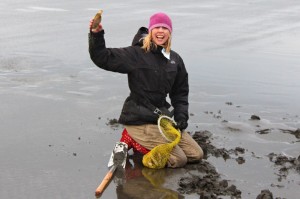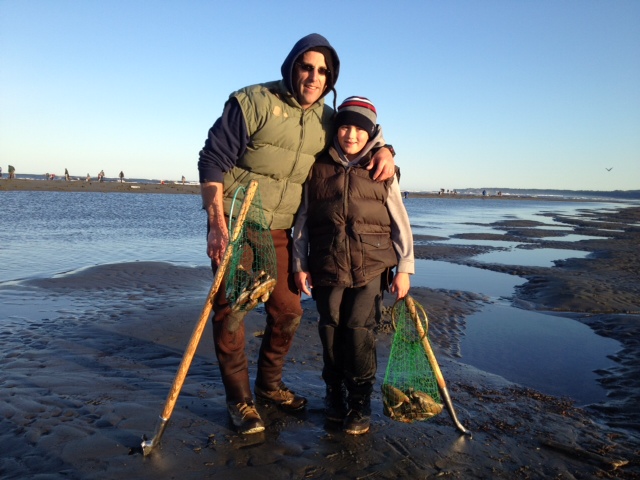Submitted by The Washington Department of Fish and Wildlife
 State shellfish managers today approved a series of razor clam digs beginning Sunday, April 27, at Twin Harbors and Long Beach.
State shellfish managers today approved a series of razor clam digs beginning Sunday, April 27, at Twin Harbors and Long Beach.
The Washington Department of Fish and Wildlife (WDFW) approved digs at those two beaches each morning through May 4. Mocrocks beach also is open to razor clam digging May 2 through May 4.
WDFW gave the OK for the series of digs after marine toxin tests showed the clams are safe to eat. No digging will be allowed on any beach after noon.
Dan Ayres, WDFW coastal shellfish manager, noted that more razor clam digs could be announced for mid-May.
“We’ll look at harvest levels after these upcoming digs are finished and determine whether we have enough clams to offer more opportunities in May,” he said.
The upcoming digs are scheduled on the following dates, beaches and low tides:
- Apr. 27, Sunday, 5:53 a.m., -0.3 feet, Twin Harbors, Long Beach
- Apr. 28, Monday, 6:39 a.m., -0.8 feet, Twin Harbors, Long Beach
- Apr. 29, Tuesday, 7:22 a.m., -1.1 feet, Twin Harbors, Long Beach
- Apr. 30, Wednesday, 8:03 a.m., -1.2 feet, Twin Harbors, Long Beach
- May 01, Thursday, 8:43 a.m., -1.0 feet, Twin Harbors, Long Beach
- May 02, Friday, 9:23 a.m., -0.7 feet, Twin Harbors, Long Beach, Mocrocks
- May 03, Saturday, 10:04 a.m., -0.3 feet, Twin Harbors, Long Beach, Mocrocks
- May 04, Sunday, 10:47 a.m., 0.1 feet, Twin Harbors, Long Beach, Mocrocks
Under state law, diggers can take 15 razor clams per day and are required to keep the first 15 they dig. Each digger’s clams must be kept in a separate container. Diggers may not harvest any part of another person’s daily limit, unless they possess a designated harvester card.
Clam diggers and other beachgoers should avoid disturbing western snowy plovers, said Brock Hoenes, WDFW wildlife biologist. The small white birds, which nest on the state’s coastal beaches from April through August, are listed under the federal Endangered Species Act as threatened and by the state as endangered.

















































